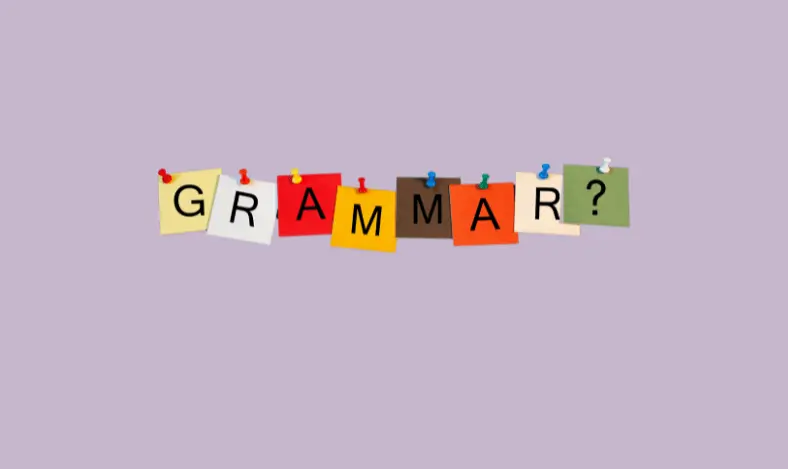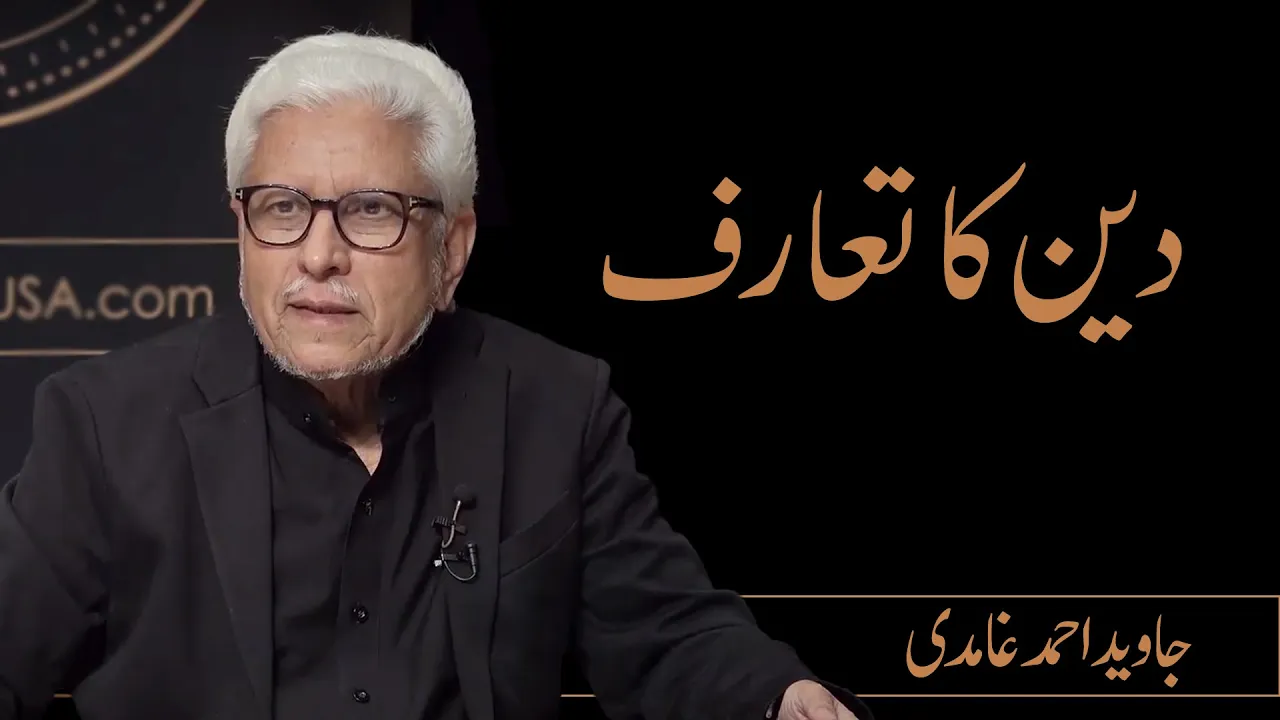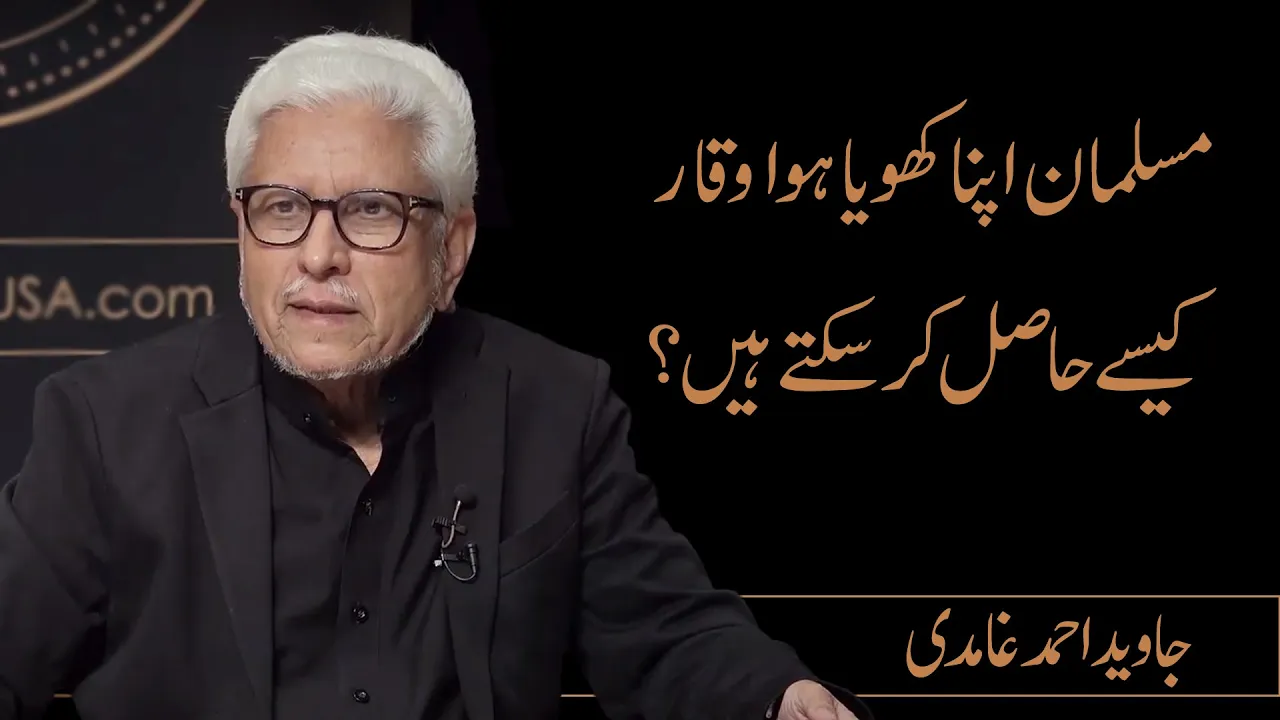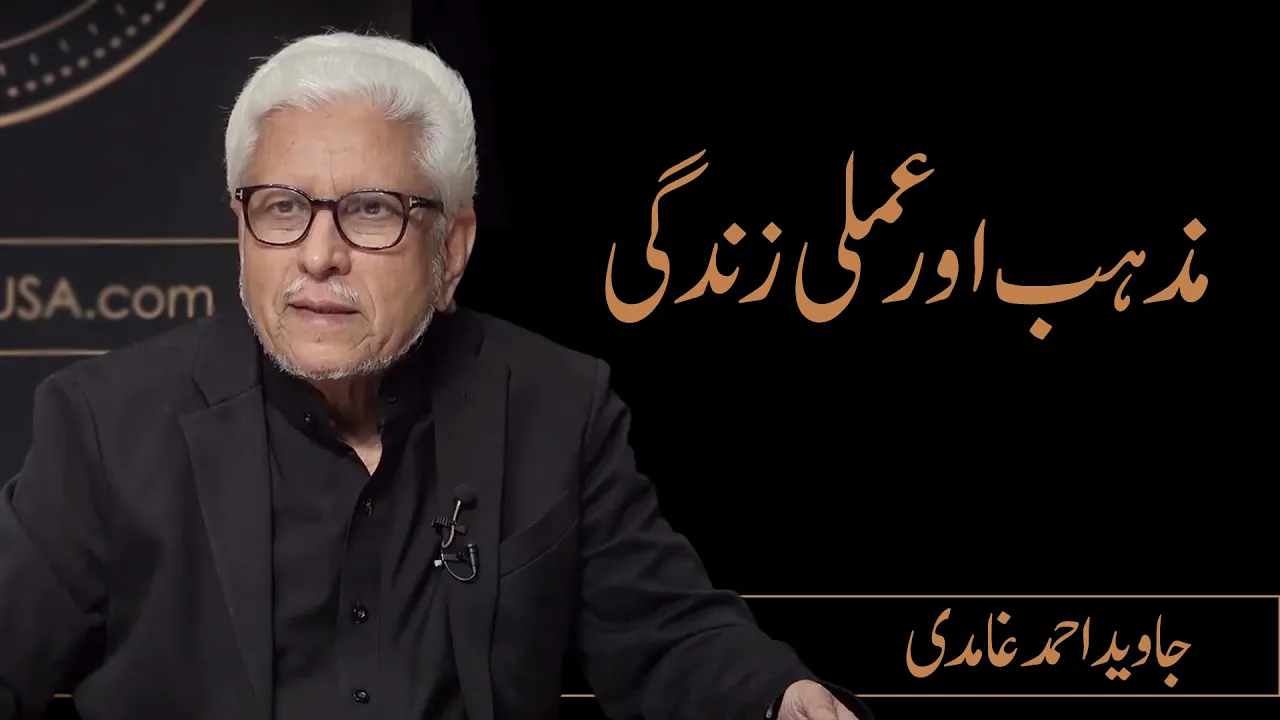Question
Salaam,
Okay, there’s a lingering question on Qur’anic grammar that I’ve asked a few people before, but never gotten a satisfactory reply to.
The first one is regarding 2:253, why is the female تلك used before the male plural الرسل? In simpler terms, why is it تلك الرسل instead of the apparently *correct* اولئك الرسل.
The second is regarding 20:63, why hasn’t the shape of هذان changed to هذين after the use of إن as is generally the norm? In simpler terms, why is it إن هذان instead of the apparently *correct* إن هذين
Answer
Salaam
Thank you for writing to us.
Before commenting on the specific examples, it is pertinent to cite here the remarks of Imam Amin Ahsan Islahi (ra) on the people who try to find grammatical errors in the Qur’an. He writes:
The books of syntax are no judge on the style and declensions of Qur’anic Arabic; it is actually the reverse: the Qur’an is judge on books of syntax. The Qur’an is the most perfect example of the pure and unadulterated language of the Quraysh, and is protected in all its aspects. For this reason, if any of it appears to be against known principles of syntax, then this will be no error on its part; on the other hand, this will be regarded as a shortcoming of the data analyzed by the grammarians. Sibawayh is the Imam of Arabic syntax and my mentor, Imam Farahi, also regards him to be so; however, in spite of this, he, in the light of the Qur’an, has criticized many of Sibawayh’s inferences and concluded that the conventional and customary style is the one which the Qur’an has adopted and not what Sibawayh has regarded.
In classical eloquent Arabic, at times the requirements of the beat and rhythm cause a change in words, letters and pronouns. So if a person has mere bookish knowledge of Arabic, he cannot be comprehensive in collating them. Take for example the case of pronouns. There are numerous examples in the Qur’an in which a pronoun has become part of a word. There is no other reason for this other than beat and rhythm.
Tadabbur-e-Qur’an Vol 7, Commentary on Surah Fath, Aayah 10
We need to realize that language is not mathematics; hence not just grammar. There are several other aspects of a spoken language that do not follow the known ‘conventions’ of grammar for various reasons. Grammar of a language is only a secondary tool to understand the language and it only supplements the primary one, which is comprehending the language through the direct method. Language was spoken even before grammarians composed the books of grammar and syntax. People did not speak the language by referring to the books of grammar. For example, there is no rule by which we can explain why PUT is pronounced differently than BUT, NUT, and CUT. Ample examples can be provided from the eloquent literature of other languages also. For example, in Urdu poetry many times the word ایک (ek) changes to اک (ik) to match the rhythm.
Anyways, about the two places in the Qur’an that you’ve asked about, in the first one, Rusul is a جمع مکسر (Broken Plural) and in Faseeh (eloquent) Arabic it is very common to place along with it a feminine singular pronoun in the third person. For example, the Qur’an in many places says تلک الایام
In the second case also, إن is Mukhaffifah min al-Mushaddidah (i.e. in the sense of اِنَّ) due to the presence of ل (Laam) on سَاحِرَانِ and hence we have هذان instead of هذين. The same can be witnessed in Surah Yunus Aayah 29 where إن is in the sense of اِنَّ due to the presence of ل (Laam) on غَافِلِين.
I hope this helps.
Regards,
Answered by: Mushafiq Sultan
Date: 2020-04-09









